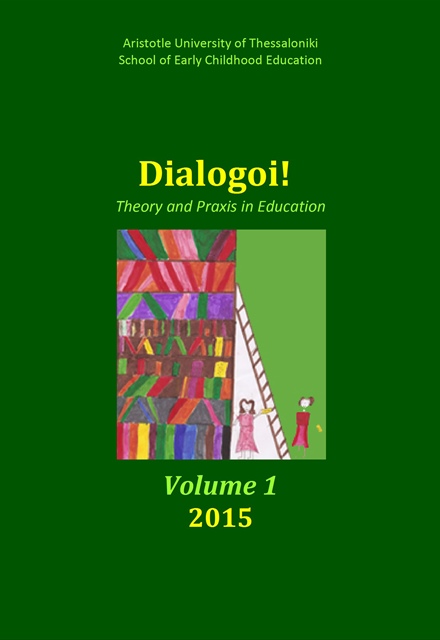Play as a catalyst during the astronauts’ adaptation process in the extreme living conditions of a space mission

Abstract
Human curiosity is insatiable. Human intellect is restless. Those two features combined with perseverance have rendered the impossible plausible and fervently fueled space explorations during the past decades. Since the visionary works of Jules Verne, Konstantin Tsiolkosvky and Wernher von Braun, who provided insights on how humankind might travel beyond the Earth orbit, we have witnessed great achievements in the physical exploration of space either conducted by robotic spacecrafts or manned spaceflights. In all these endeavors, space science and engineering secured the aspects involved with the safety of the expedition, including the survival of the crew. As technology and material science advanced, missions increased in duration with the issue of survival gradually becoming an issue of liveability and currently an issue of habitability.
The proposed playscape within a habitable spacecraft module is a health and performance countermeasures initiative that targets the everyday living patterns of the astronauts in long-term missions in order to facilitate their adaptation in the confined, isolated environment. Such a playscape is powered up by transformable spatial settings and objects that promote play and channel problem-solving along with a better mood. Its design scope is to introduce play and create the possibilities and the reasons for the astronauts to expand their personality, forgetting for a while the disciplined scientist and immerse into a different world. The positive impact of play in people’s lives is well documented but there is little implementation of playscapes (environments specialized in assisting and empowering play activities) in adult environments. Especially for astronauts, play is an essential activity since it provides them with an appropriate mind-drifting task and also, as the biologist Marc Bekoff puts it, it can train them for the unexpected.
Research has shown that astronauts are generally well-trained to withstand physiologically as well as psychologically strenuous conditions. Yet, prolonged living in microgravity, within a confined capsule, takes a toll on the human nature in ways that haven’t always been anticipated or prioritized by mission planers. “Real-life” astronauts on duty are at once over-scheduled, under-stimulated, crowded-in, isolated, and play deprived. Personal logs from past missions reveal that during their leisure time, astronauts have come to self-manage feelings of boredom and issues of sensory deprivation by inventing their own playful routines in order to keep sane, boost their morale, or for the mere pleasure of gaming. Still, to this day, most approaches to organized leisure in spacecraft environments are promoting efficiency-driven exercise programs designed with duty/survival rather than bliss/delight in mind.
Recognizing this gap and cognizant of the importance of playfulness and joy as vital psycho-physiological regulators, especially in situations of long-term confinement, mission planners should allow astronauts to play out the dis-orienting qualities of microgravity itself. As part of the authors’ playscape investigation, and based on the similarities between the development of a child and the astronauts’ adaptation to the confined interiors of a spacecraft, this paper structures the Microgravity Playscape Adaptation (MPA) approach, which owes to the Whole Child Development (WCD) Guide, and (2) provides design guidelines for a microgravity playscape by taping the unique and inherently playful qualities of weightlessness itself. The overall purpose is to create new life-bearing opportunities for astronauts to counteract the deleterious physical, social, and psychological effects of long space flights, to break their isolation, expand their sense of being-there, and take pleasure in the 'physical' surprises of their new weightless habitat.
Article Details
- How to Cite
-
Liapi, M., & Ackermann, E. (2016). Play as a catalyst during the astronauts’ adaptation process in the extreme living conditions of a space mission. Dialogoi! Theory and Praxis in Education, 1, 85–103. https://doi.org/10.12681/dial.8774
- Issue
- Vol. 1 (2015)
- Section
- Varia

This work is licensed under a Creative Commons Attribution-NonCommercial-ShareAlike 4.0 International License.
Authors who publish with this journal agree to the following terms:
- Authors retain copyright and grant the journal right of first publication with the work simultaneously licensed under a Creative Commons Attribution Non-Commercial License that allows others to share the work with an acknowledgement of the work's authorship and initial publication in this journal.
- Authors are able to enter into separate, additional contractual arrangements for the non-exclusive distribution of the journal's published version of the work (e.g. post it to an institutional repository or publish it in a book), with an acknowledgement of its initial publication in this journal.
- Authors are permitted and encouraged to post their work online (preferably in institutional repositories or on their website) prior to and during the submission process, as it can lead to productive exchanges, as well as earlier and greater citation of published work (See The Effect of Open Access).


